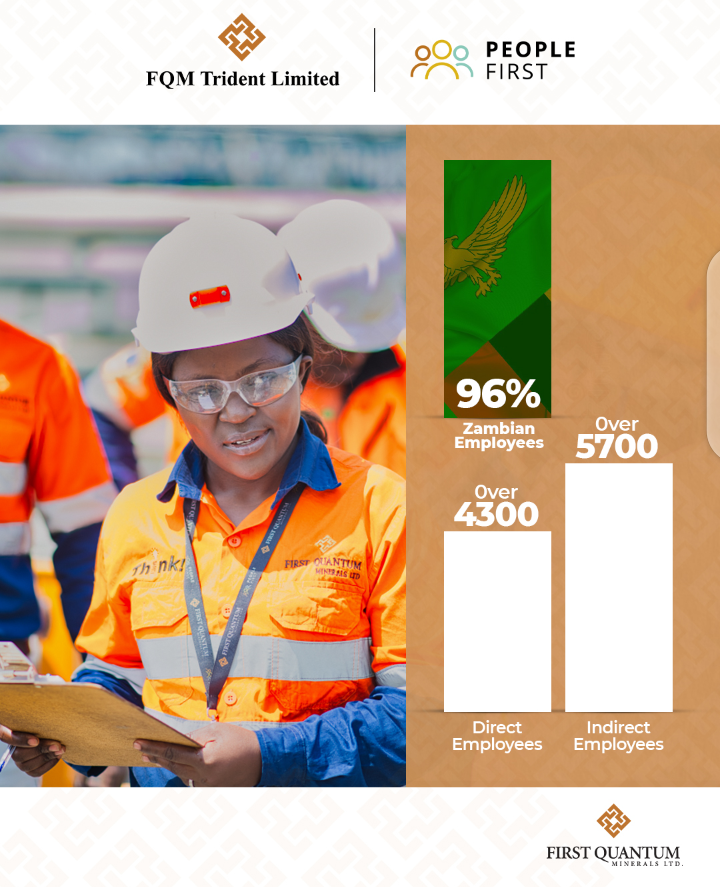(African Business Magazine)-Africa has the highest female representation at the board level of any region in the world, at 25% against a global average of 17%, according to a 2019 McKinsey report. The gender parity score (GPS) for African women in leadership positions – including top- and middle-management positions – is just 0.33, a little below the global average of 0.37, the report finds.
Africa’s overall GPS – a measure of progress toward equality – was 0.58 in 2019, indicating high gender inequality across 15 indicators in work and society. This compares to 0.44 in South Asia and 0.74 in North America and Oceania. A GPS of 1.00 would indicate that a country had achieved complete parity between women and men in the field in question. Any GPS below 0.50 is considered a statement of extremely high inequality.
Overall gender inequality on the continent remains high. Progress toward gender parity has stagnated in recent years. At the current rate of progress, it would take Africa more than 140 years to reach gender parity.
Why would this be so? Consider the statement that women in Africa “treat you like a man, like a king. They aren’t competing with you or fighting for equality because they understand that men and women could never be equal. They understand their roles.” These were the words of the much-loved Senegalese rapper Akon, who left listeners of The Joe Budden Podcast agog following an unexpected rant in January.
Outrage aside, does the rapper, who notoriously spent three years in jail for grand theft auto, indicate a worrying trend against gender parity on the continent?
Cultural roots of inequity
While Africa is by no means the worst performer, its socio-cultural context differs from the West in ways that leave women disadvantaged in more areas than the workplace. “A lot more cultures in Africa believe that a woman should be seen and not heard. And this isn’t always the case in other parts of the world,” observes Francesca Uriri, global executive and internal communications lead at Meta.
It is difficult for African women to push for equality when so many women and girls are living beneath the poverty line, or are negatively impacted by political unrest and instability. Women bear the brunt of climate change and sustainability challenges, says Uriri, who also founded Leading Ladies Africa, a non-governmental organisation dedicated to empowering African women through mentoring and capacity-building.
“In many ways, even though the need for gender equality and equity in Africa is more urgent, there are unfortunately a lot more layers of challenges and difficulties that women and girls have to wade through,” Uriri says.
At the same time, the situation in Africa is symptomatic of global gender biases that are by no means unique to the continent.
“There’s discrimination at the level of the mindset that women are not capable of taking on certain roles. And when they do finally get the opportunity, the barriers that are set up against them are immense,” says Marcia Ashong, the founder and chief executive of TheBoardroom Africa, which was founded seven years ago to build solutions to the lack of women’s representation in African workplaces.
While women are often discriminated against because of their gender and perceived to be less competent, studies find that the opposite is the case, Uriri says.
“Women are better leaders, show more empathy, and are able to tap into a wide variety of skills that men don’t always possess. Organisations that have more women leaders record higher profits and show a stronger workforce and culture. In Africa in particular there are also socio-cultural norms that get in the way of women being given the opportunities that they truly deserve. We’re seeing some changes and upward movement, but I believe that there is definitely still work to be done.”
Some countries leading the charge
Some African countries, such as Kenya, Rwanda and South Africa are leading the way in implementing policies and programmes that promote women to leadership positions. Research into selected countries by TheBoardroom Africa highlights some of these better examples.
In 2010 Kenya introduced a constitutional requirement that no gender should occupy more than two-thirds of boardroom seats in state-owned companies. Rwanda has a 30% quota for women in all decision-making organs.
In South Africa, Johannesburg Stock Exchange listing requirements state that the board must have a policy in place that addresses diversity.
That said, some regions still have a long way to go.
In surveyed African countries with Muslim majorities, such as Nigeria, Egypt, and Morocco, or where they represent a plurality of the population, as in Côte d’Ivoire, TheBoardroom Africa found the fewest women in leadership roles, at 18%, 10.8%, 8% and 9% respectively. This is unlikely to be an issue based strictly on religion, says Ashong – rather it reflects some cultures’ tendency to create stumbling-blocks for women.
“Those bottom performers are a clear indication of historical leaning towards women that hasn’t evolved to a point where women can be participators in decision-making and also in the trajectory of countries’ growth.”
But among some of the lower performers, the number of women in the boardroom and in leadership roles is trending upwards. In Egypt, for example, just over half of the companies surveyed had at least one woman in a board-level role.
TheBoardroom’s 2021 Diversity Report found that women hold 14.2% of executive board seats and 15.7% of non-executive director seats of listed companies. Those figures are increases of 3.4 and 3.3 percentage points over 2020, marking growth rates of 31.4% and 26.6% respectively.
And this change is accelerating fast, Ashong says, thanks in part to the widespread adoption of environmental, social and governance (ESG) frameworks by organisations and investors.
“We know that by 2035, 90% of all leadership and investment decisions will be shaped by ESG,” she says. “So boards and leadership teams are starting to really wake up, even on the continent. But to maintain that momentum, you know, regulators and stock exchanges, and even corporations of all sizes really need to consider repositioning the values along mainstreaming and leveraging the diversity component of this.”
Also driving change is the uptick in research that reports a correlation between improved diversity and inclusion, and the business’ bottom line performance. “This is generating a lot of talk, and leading a number of investors to drive this agenda from an ESG perspective,” Ashong says. “So if you’re a company, obviously, that’s backed by major investors, this is a conversation that you’re having with your investors.”
Change starts at the top
Change in workplaces in Africa and around the world will always start at the top, at the board level, Ashong believes. “Our laser focus at TheBoardroom Africa boils down to the fundamental belief that accelerating diversity at the highest levels of leadership can really help to facilitate top down operational diversity, equity and inclusion,” says Ashong.
This creates a trickle-down effect that completely shifts the incentives that the board is giving managers on how they should perform. “For me this has to be led by boards and it’s at the board level that we can hold management responsible,” she adds.
“What we’re seeing is that boards are starting to be held legally liable for not advancing ESG to the benefit of their investors – and to the benefit of society. So you can imagine why boards are such a crucial area for these types of leadership incentives to be honed.”
Over the last five to ten years, a shift has been taking place, in which organisations are starting to step up and create better access for women in leadership roles. Traditionally CEOs and chairpersons have turned to their friends, families and colleagues to fill leadership gaps – especially at the board level. That led to these roles being overwhelmingly filled by homogenous groups of men. Boards became “boys’ clubs”.
This effect has been particularly strong in sectors such as science, technology, engineering and maths, which have historically low investment in women.
Diversifying ‘candidate pipelines’ and beyond
Diversifying “candidate pipelines” to share opportunities and expand “boarder networks” of those who are likely to be considered to jin boards and executive teams is also a good place to start moving beyond traditional spheres of influence.
Executives who are looking to balance gender diversity in the workplace could inquire deeply into the players’ mindsets, to discern where these issues are really stemming from. They could use these insights to inform programmes such as anti-bias training.
The practices of getting management teams to sign pledges to “advance diversity and inclusion in the workplace” and hiring people as “diversity leads” and other “inclusivity jobs” may not yet have reached many African offices. But they are likely to be the next step in the continent’s quest for gender equality.








